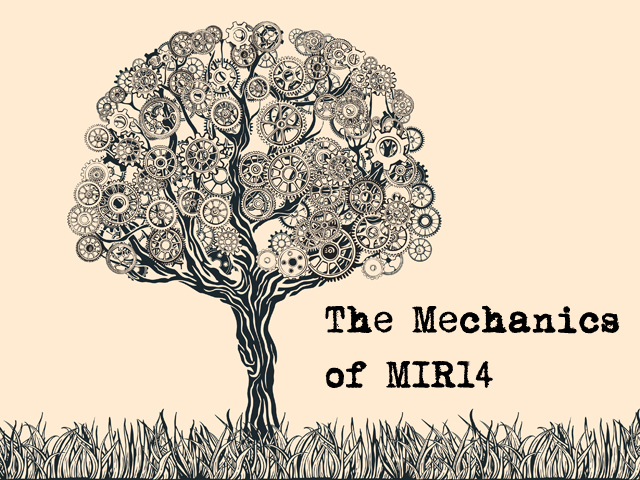Reading Allowed, by Sarah Hegarty
This is the eighth in a series of behind-the-scenes glimpses into the production of The Mechanics’ Institute Review Issue 14. Since March, we’ve been posting first-hand accounts by some of the people involved in the process, describing the stage in which they’re taking part, and their personal experience of it. Our aim is to provide an insight into what publishing an issue of MIR entails, which we hope will be of interest to writers, readers and would-be editors alike.
Writers today are often asked to appear in conversation or at live events to promote their work, which can be daunting whether you’re an experienced author or a novice. But it can also be rewarding and fun, opening up opportunities and allowing writers to share their work with a supportive, enthusiastic audience. As part of the MIR process we offer our authors the chance to attend a workshop where they can read their work aloud in a safe environment and are guided through a series of exercises and tips for delivering a confident and authentic reading. This year’s workshop was run by Miranda Roszkowski and Judy Hepburn, MIR editors who each have a background in performance and are seasoned in the art of reading in public.
Post #8, by one of our authors, Sarah Hegarty, is on what it was like to attend the workshop, and first appeared on Sarah’s own blog on 13 October.
Reading Allowed
Anyone looking through the window of a first-floor room in Bloomsbury the other night might have been tempted to dial 999. Bodies littered the floor. Listening in, the observer would have noticed a strange noise: humming. Were these people the victims of a mysterious cult? An other-worldly sect? No – just writers. It was Bloomsbury, after all.
As one of the bodies I can explain: we were taking part in a ‘Reading Allowed’ workshop, with Miranda Roszkowski and Judy Hepburn, to get ready for the Mechanics’ Institute Review live reading events. Some of us had read in public before; some had not. The aim was to enable us to read confidently, but above all authentically. As writers we spend time crafting our work. It’s easy to forget that presenting it needs time and practice too.
Lying on the floor and humming was part of the preparation. Next we had to walk round the room, haphazardly, reciting the first line of our stories as we criss-crossed each other’s path like phone-reading commuters. A perfect exercise to practise in the rush hour. Then, Miranda showed us how to stretch and bend from head to toe. Even our faces didn’t escape: ‘Pretend your face is a toffee, being chewed,’ she said, helpfully. We gurned away obediently, like the best end-of-the-pier act.
All this was to loosen us up, to stop us feeling tension and reflecting it in our voices. Judy showed us how to find our pitch: to start high, and take our voices in a swoop, as low as we could go, then come back up again, to a comfortable level.
We were practising to read extracts, not whole stories, which in most cases are a few thousand words long. So what makes a good extract? Keep it simple: not too many characters. Humour is always good. Not too much dialogue. Leave your listeners wanting more. Choose a piece that’s self-contained, but feels like it leads on . . .
It sounded straightforward. Being writers, we had to make it complicated. What about foreign words? Accents? Only if you really can pull it off, said Miranda. No need to make unfamiliar words too pronounced.
We were aiming to speak for a minute or so: roughly half an A4 page. Everyone speeds up when they read, was the advice, so keep it slow. But vary the pace. And you can breathe halfway through a line, if you want to.
Then it was time to hear our words – in our own voices. ‘Readers love hearing writers read their work,’ said Miranda.
She was right – reading aloud added an extra dimension to the stories. It was also helpful to get colleagues’ feedback: where a sentence was unclear, or an idea too hard to grasp on one hearing.
It was powerful to hear each writer speak to the room. There was something magical about being invited into the world of the story. When I went back to the anthology, I could hear each unique voice.
The next reading event is at the Brick Lane Bookshop in London on 17 November, followed by dates in Birmingham and Manchester. Details will be on MIROnline or check out @Editors_MIR.
Come along and be part of the world of our stories! Just don’t look in the Green Room – there may well be bodies on the floor . . .
